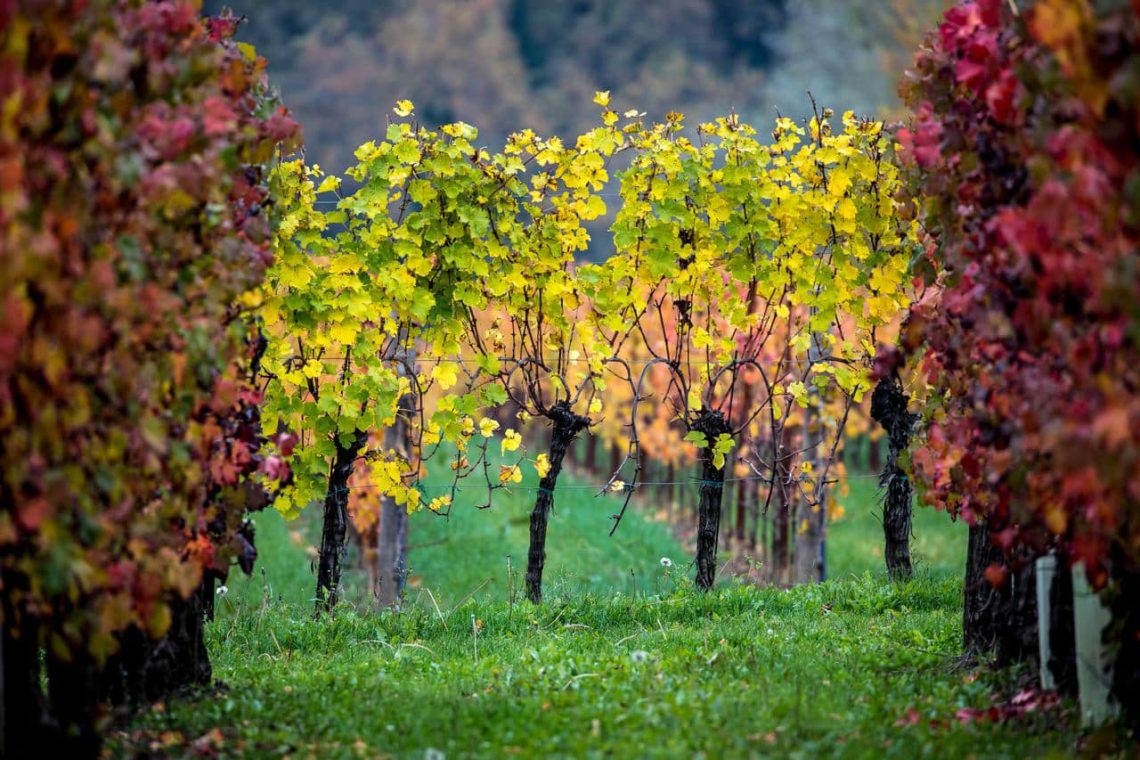The Wolf Post, supported by a Cultural Association, offers a professional service with free access, without subscription.
For this reason, a donation would also be a sign of appreciation for our work.
Credits: © Cover Image Zorzettig
Red grape of Bordeaux origin (Bordeaux-South-West of France), Merlot is the second most cultivated grape in the world, after Cabernet Sauvignon, due to its versatility and ease with which it adapts to both cold and hot climates.
The name, of French derivation, refers to the merle noir, the blackbird, to which it refers for its blackish blue color. In addition, the blackbirds are particularly fond of this grape variety.
Usually, the best suited soils are clayey-limestone. The resulting wines have intense colors, light acidity, good body and structure.
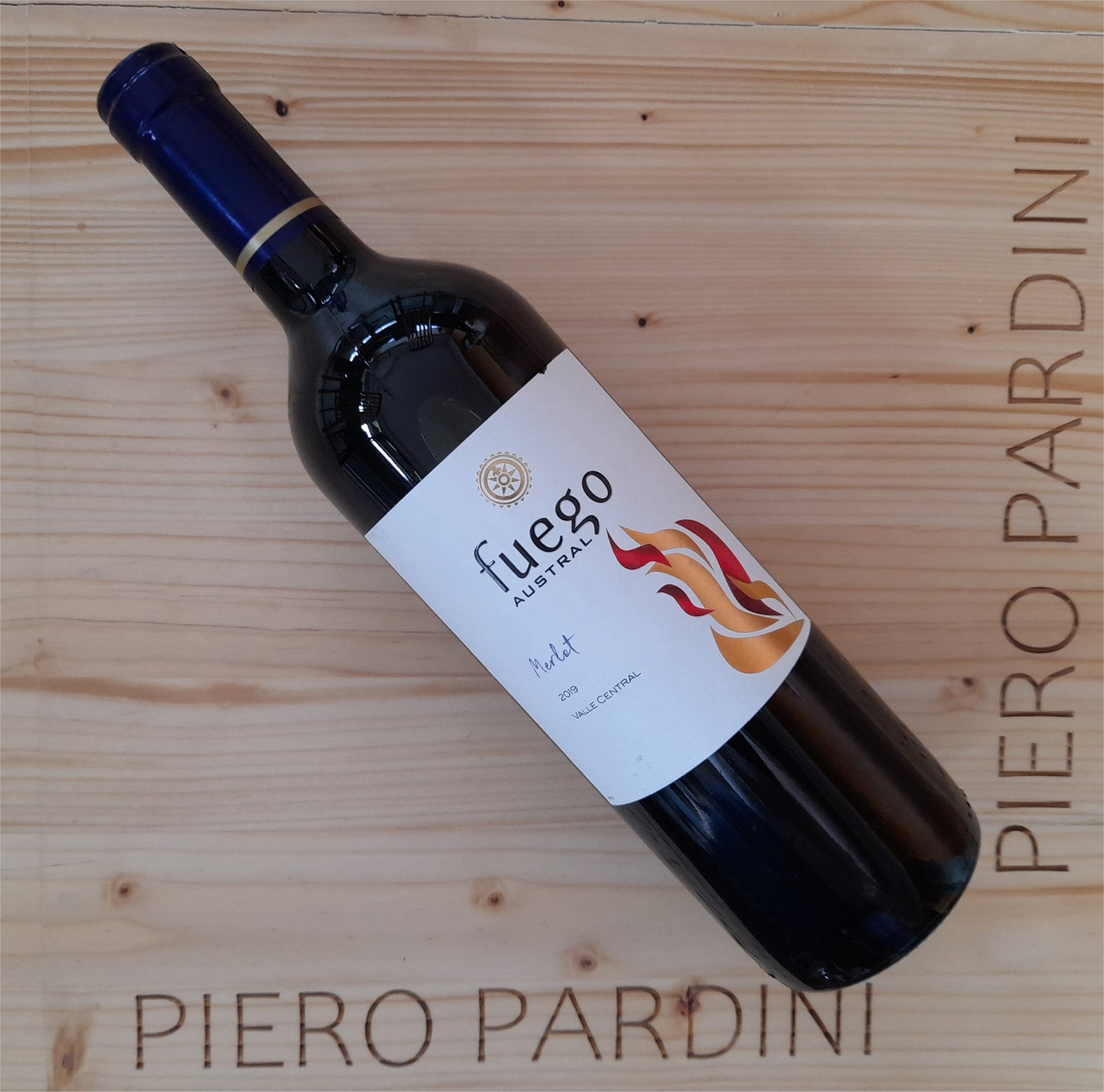
© Piero Pardini – The Wolf Post
Among our Merlot proposals, Fuego Austral Merlot 2019, from the Chilean winery Ventisquero is recommended for its “scent of floral scents, reminiscent of a potpourri of red flowers, and fruity with notes of dark berry and cherry durone. Note pepper in freshly ground grains and a slight, but still present, balsamic note.”
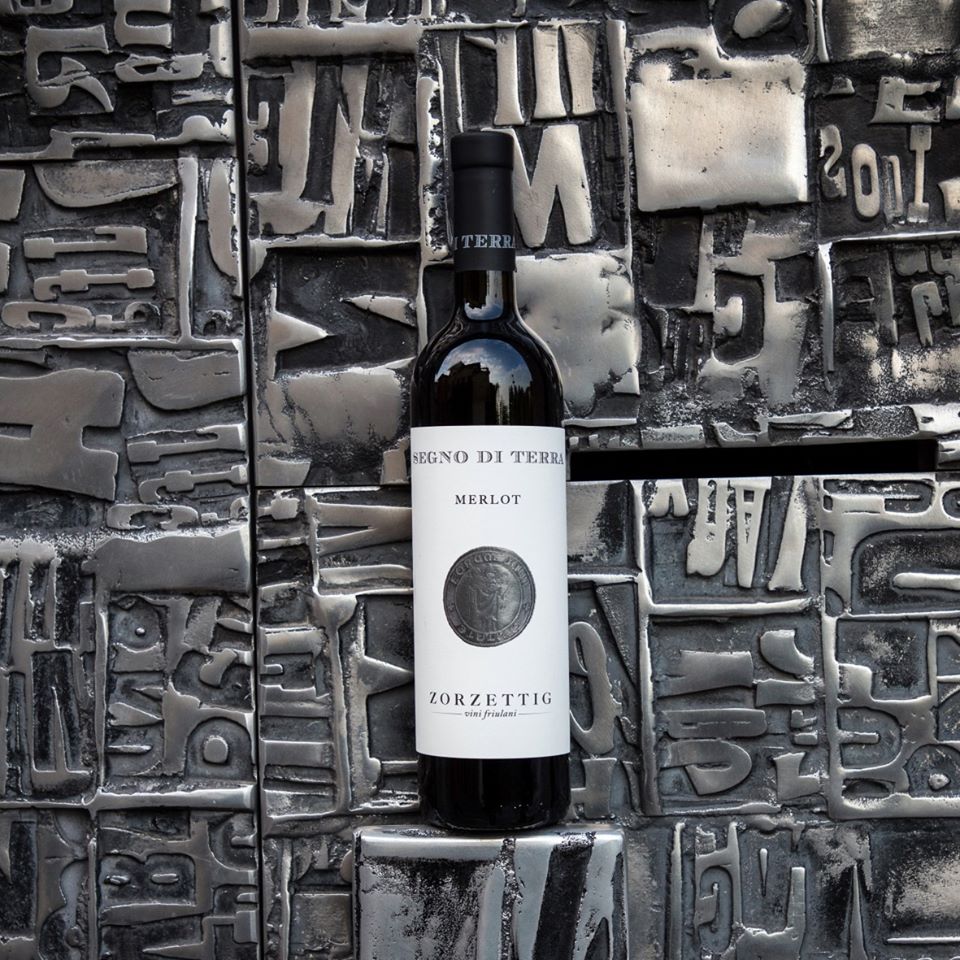
© Zorzettig
Merlot 2015, from the Zorzettig company, prepared with 100% Merlot, releases “hints of red flowers such as violets and peony, red berries such as currants, cherries and raspberries, cut grass and undergrowth, oil and ink”. Recommended for purists.
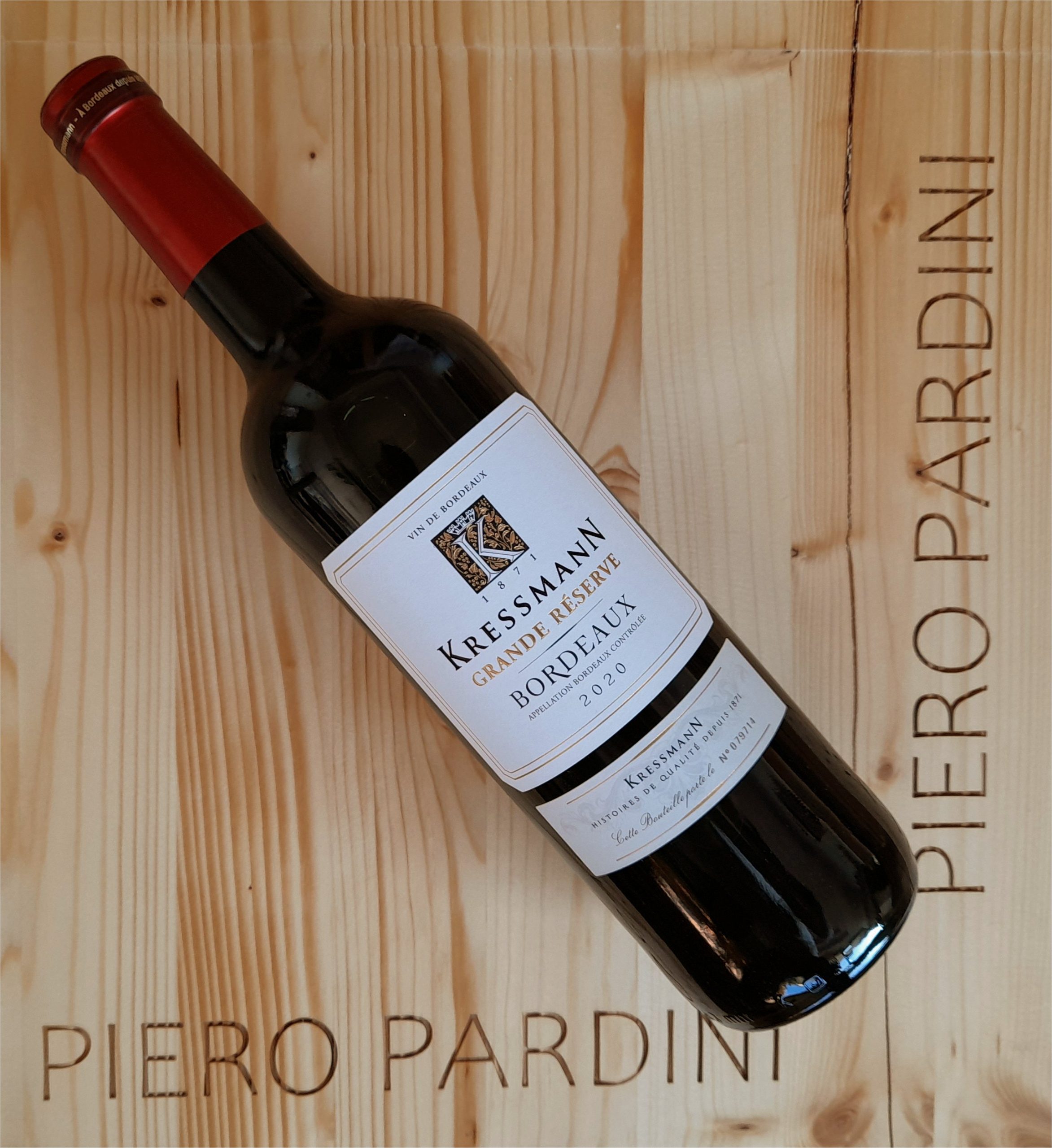
© Piero Pardini – The Wolf Post – Tuscany – ITALY
Rouge Grande Réserve 2020, from the French winery Kressmann, is appreciated for “The well-structured sip, with well-smoothed and silky tannins. Good taste olfactory persistence reminiscent of a ripe fruit.”
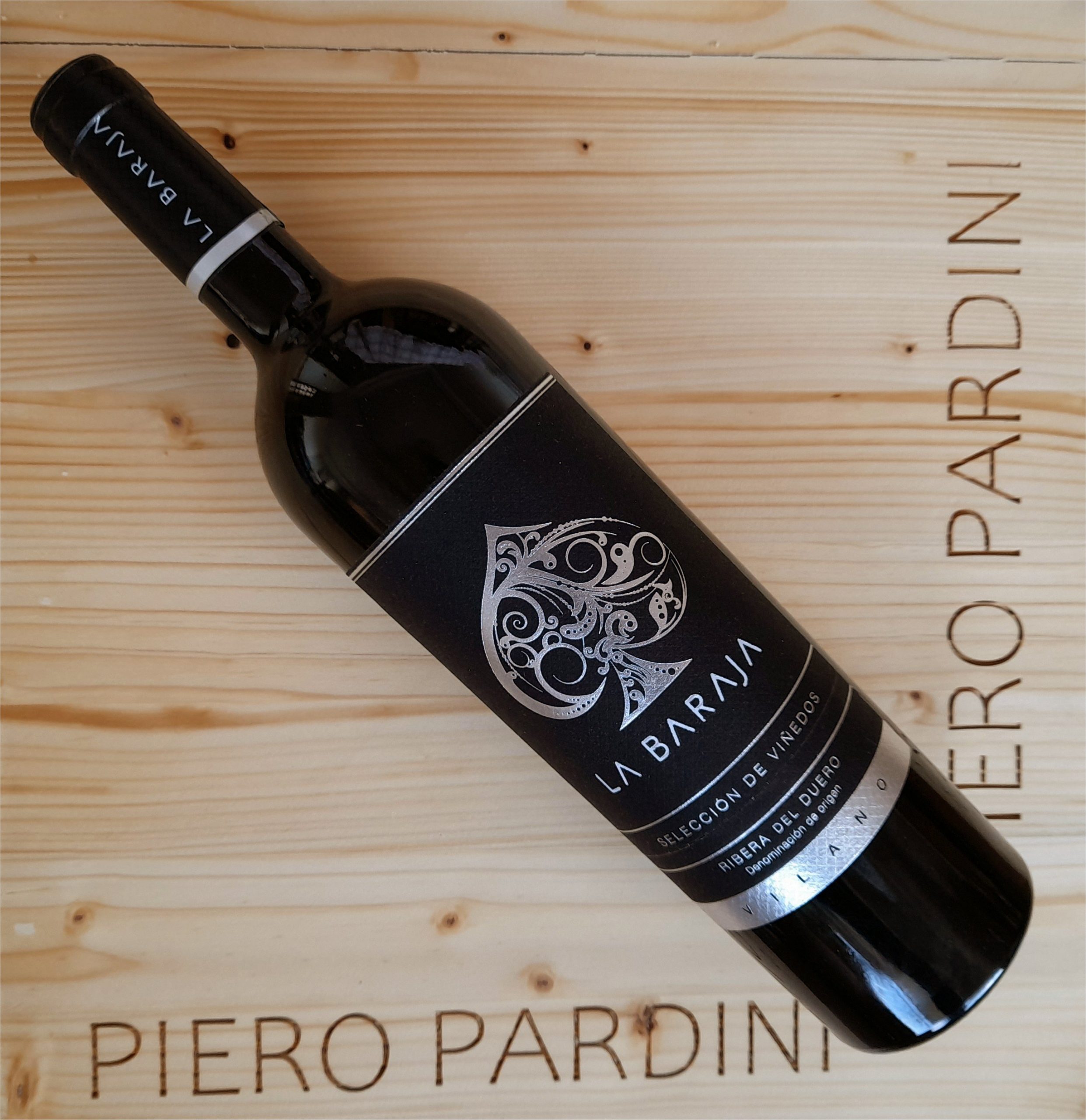
© Piero Pardini – The Wolf Post – Tuscany – ITALY
La Baraja 2019, from the Spanish company Vilano, has 10% Merlot. Recommended for the “generous sip, with an important tannin, which is very smooth and silky. Fresh, with a good acidity that invites you to take a new sip.”


